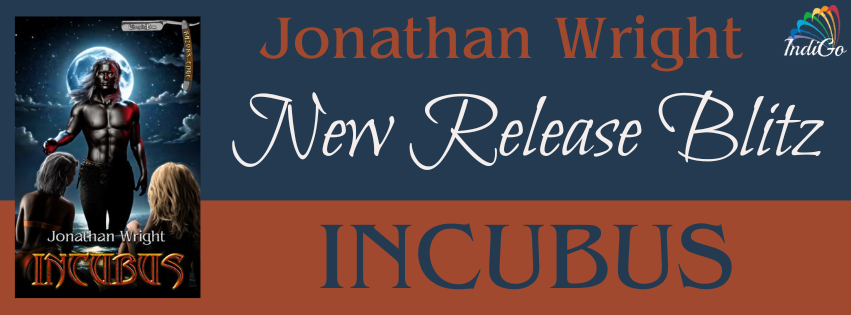Why Romance?
Thanks
so much, Dawn, for the chance to post on your blog. I’m gearing up for the
Romancing the Hop blog-hop, and so have done a little reading about why the
romance genre works so well. I think it’s popularity is due to two main
reasons: a good romance allows for a little safe fantasy where the heroine
always gets her man, and the stories follow a template that’s understood by
almost everyone on a very deep level.
And
in case you hadn’t noticed, the romance genre IS popular. Here are some numbers
that I pulled from the Romance Writers of America website:
8,240 new romance titles were released in 2010.
74.8 million people read at least one romance
novel in 2008. (source: RWA Reader Survey)
Romance fiction was the largest share of the U.S.
consumer market in 2010 at 13.4 percent.
Romance fiction: $1.358
billion in estimated revenue for 2010. That compares with:
·
Religion/inspirational:
$759 million
·
Mystery:
$682 million
·
Science
fiction/fantasy: $559 million
·
Classic
literary fiction: $455 million
(source: Business of Consumer
Book Publishing 2011 & Simba Information Estimates)
That’s a lot of books. The genre
has proven to be recession-proof (Washington
Post) and has been thrown into overdrive by the popularity of e-books (NY Times).
Romance novels might not get much respect as literature, but it’s hard to argue
with the numbers.
People – well, mostly women,
because 90% of romance readers are women – love romances.
Why?
I think there are a couple of
things going on. To put it simply, the heroine gets her man, and that’s
tremendously satisfying. In an analysis published by Psychology
Today, Maryanne Fisher describes her study of romances and their readers.
She’s found that part of the appeal of these books is that “the reader can live vicariously through the
heroine and fall in love with the hero, but without any of the consequence.”
The standard tropes require that
the hero start out with lots of rough edges. He’s an archetypal bad boy, and
it’s the love of a good woman that tames him. To use Ms. Fisher’s terms, he’s
both the Cad and the Daddy. In real life, guys tend to be one or the other, but
in a romance, the reader gets the best of both worlds.
Without ever cheating on her
(real-life) partner.
The caricature of the romance
heroine is the helpless beauty waiting around to be rescued by the gallant hero.
Not so much, really, especially these days. These heroines have always been an
independent breed – they’ve had to be, to appeal to the Bad Boys they were
attracted to. Now, as women’s roles in society have changed, so has the romance
heroine.
Today's
women—of all ages—are in search of new role models, fictional women who will
help them figure out whether and how to balance romance with a career, leave a
harmful relationship, or seize the opportunity for adventure. If that means
literally taking up arms in the service of one's country or in self-defense...
well, why not? Romance has always led us to imagine our best possible selves.
All that's changed is our ever-expanding notion of what is possible. (Publisher’s Weekly)
We plunk these new role models into an established template,
a meta-romance, a storyline that resonates on such a deep level that it’s
easily recognizable by most readers. Consider the work of Christopher
Booker (The Seven Basic Plots), Joseph Campbell and his Hero’s Journey, or
even Karl Jung. They all suggest that there are established plotlines and
characters that are intuitively understood. We see it in fairy tales like
Cinderella, which is nothing if not a proto-romance. The hero and the heroine meet and are
instantly attracted to each other, obstacles arise and are overcome, and they
live happily ever after.
It doesn’t matter that we know how it’s going to end. In
fact, that certainty is part of the appeal. What’s important is that we’re
living out a fantasy in a way that feels right. And having a whole lot of fun
doing it.
Peace,
Liv






No comments:
Post a Comment